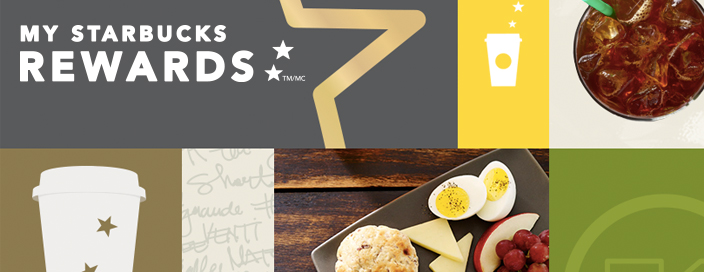InReality recently published a fantastic report, The Reality Of Retail, where they surveyed 461 consumers: male and female, young and old, across 34 states and 11 retail categories.
Their goal was to unveil the truths about what’s going on within the retail world. One of their key findings was about the usage of mobile in-store. It’s affecting retailers and consumers shopping habits and in order to stay relevant retailers must adopt an in-store mobile strategy.
In order to do this though retailers need to know the who, what and where of in store mobile usage to determine what needs to be done.
Who’s Using Mobile?
Mobile has weaved itself into almost everything we do, so it makes sense that everyone is using mobile in-store. By everyone, I don’t actually mean every single person on the planet. What I do mean is that in-store mobile usage isn’t biased; men, women, old and young are using their phones in store.
Of those interviewed, a whopping 75% admitted to using their phone in-store while shopping, with men and women only differing minutely. Women came in at 76%, while men came in at 74%.
This is further broken down by age range. Of those amongst the younger generations, 18-35, 90% admitted to using their mobile in-store.
As the age range gets a bit older, the stats drop but always remain over 50%. The 36-49 age range came in at 77% while the 50-65 age range came in at 52%.
This proves that even those of the stereotypical “non-technical” generations are comfortable embracing new mobile technology. This means that retailers that don’t cater to millennials or those of a younger demographic need to address in-store mobile technologies.
Using Mobile For What
The study also found that while shoppers do indeed research information in store, they are using their phones for more than just that.
The top 6 ways are this:
- Price Comparisons
- Maintain Shopping Lists
- Take/Share product photos
- Find Product Information
- Use Coupons/Discounts
- Access Social Media
Social Media Drives Sales
Interestingly, of these top 6 ways, they found that Social Media may play a driving force in the customer making a purchase.
Social media has such a large influence on buyers. 45% of those interviewed ended up making an online purchase in-store after they had first been on social media.
This shouldn’t be surprising given the fact that social media encourages social proof, when humans look to others to make a decision.
Since it’s been proven that consumers use their phones to check social media in-store and then make a purchase online, to combat online purchases retailers can use social media to drive in-store sales. This can be through in-store only offers and promotions.
Where Is Mobile Being Used?
InReality found that although mobile is used in all 11 different types of retail stores, it is most heavily used in the sporting goods and recreation category. In this category 86% of consumers said they used their mobile phone to do research and more. A close second, coming it at 83% was Computers and Electronics.
The lowest usage belonged to the health and beauty industry with 62%, which is absolutely nothing to scoff at.
These stats, again, tell us that mobile is being used in-store no matter what retail business is considered.
Win Customers With Loyalty Programs?
One of these in-store marketing strategies that some businesses have been experimenting with are loyalty programs.
Think “My Starbucks Rewards.” By using their mobile app to pay, customers have access to their mobile loyalty rewards program which includes things like a free birthday drink and discounts.
InReality found that the current programs in place seem to attract deal seekers rather than brand advocates due to the fact that these programs are heavily discount focused. They found that 71% of shoppers who used loyalty programs on their mobile devices still do price comparisons, with the cheaper option usually winning.
The good news however, is that these programs are still in their infancy and have a lot of potential to grow and evolve. Businesses may fare better by offering more exclusive perks such as early access to products, VIP only shopping parties or small gifts with purchase.
A retailer’s target audience should also be taken into consideration when determining the perks they should offer. Of those interviewed, 61% of women belonged to a loyalty program while only 40% were men.
Age also plays a role in determining the importance of loyalty programs. The highest age bracket belonging to a loyalty program are those aged 25-25 and the lowest bracket being 18-24, with only 6% belonging to one.
These low numbers amongst the younger generations may have to do with the fact that loyalty programs are still quite new and the kinks are still being worked out. Businesses therefore need to offer a unique value offer based off their target demographic in order to win them over with loyalty programs.
Going Mobile
Consumers shopping behaviors have drastically changed. A consumer shopping at a physical location is also most likely shopping online, on their phone, at the same time.
So what does this mean for retailers? Well, they need to focus on developing an in-store mobile strategy to keep shoppers buying in-store. InReality suggests that retailers can do this by mobile apps, real-time messages and offers through beacon and digital displays that interact through mobile.
Retailers should also be offering in store Wifi. Some of the big guys like Nordstrom and Macys have implemented this, making it easy for their customers to access their websites and do research without leaving the store.
The stats on mobile usage are there; mobile is here to stay.
Start Accepting Mobile Payments With Payfirma
